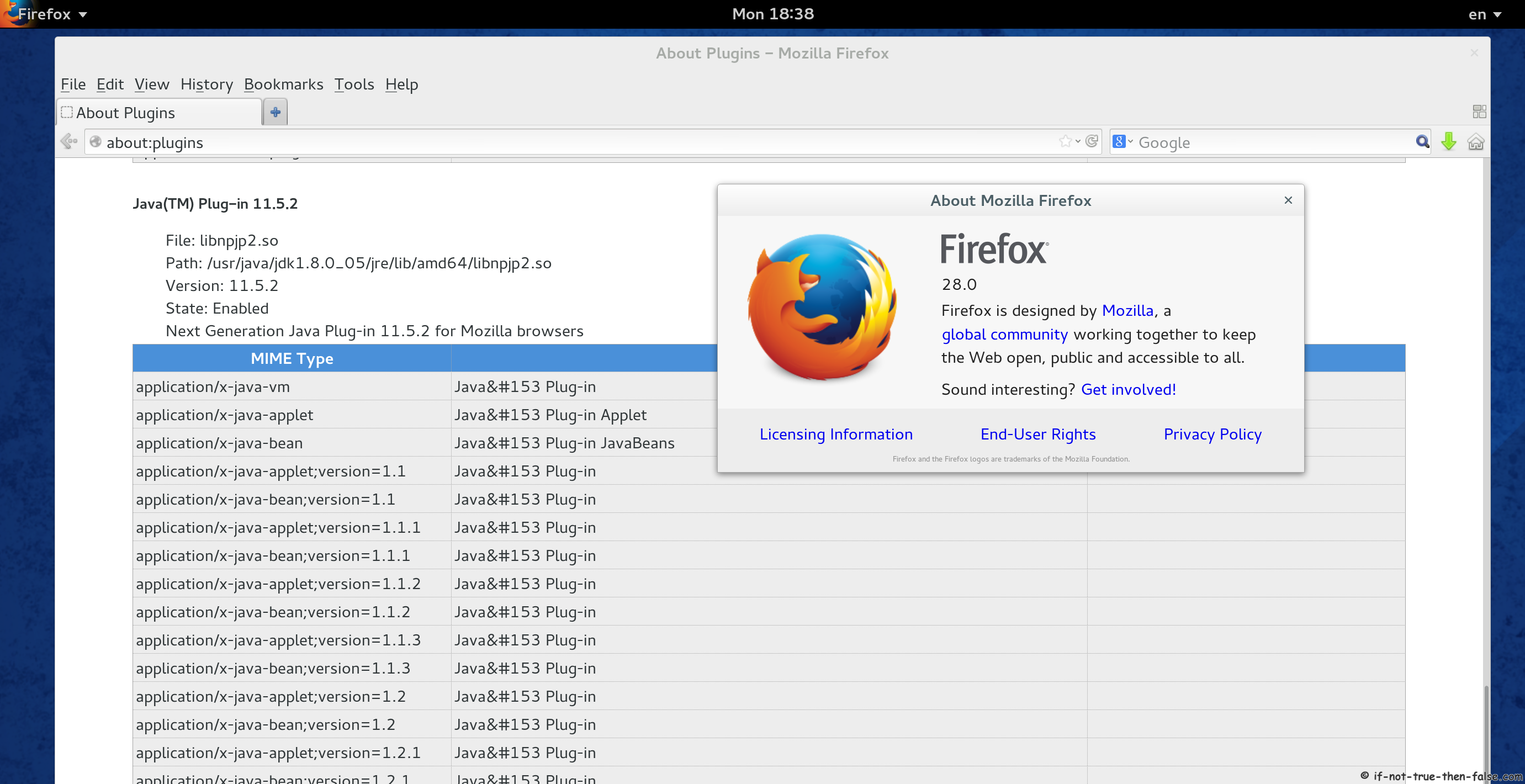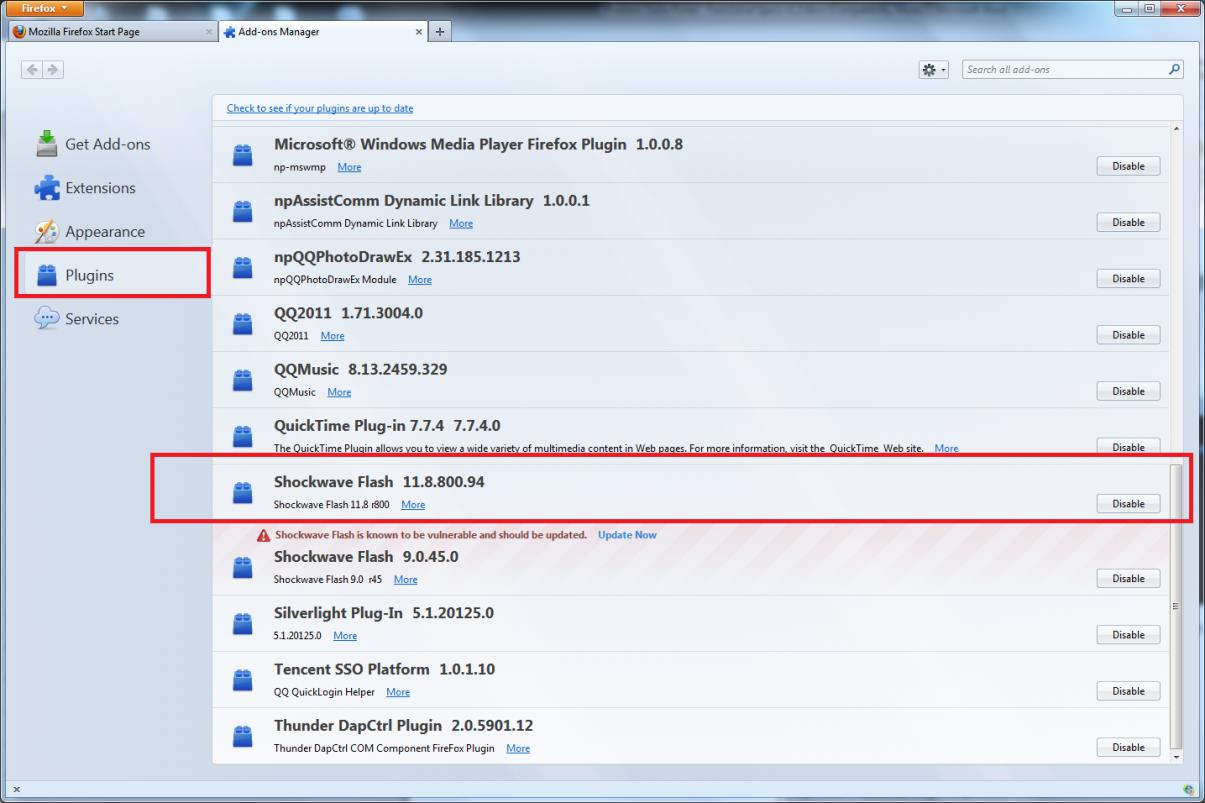

There can be a maximum of 100 pinned requests. Requests will appear in each section (pinned and unpinned) chronologically, with the most recent requests first. A blue thumbtack indicates that you’ve pinned a request successfully. Click on it if you want to pin it to the top of your history, and click the thumbtack again if you want to remove it. In the History pane on the right, you will see a little thumbtack to the right of each request. Next, make an API call, if you haven’t already. To pin a request, first make sure you’re logged in. You must select entries from your History or Collections to activate the buttons (e.g. The History stores 1000 requests, deleting the oldest requests as new requests are made. Once clicked, the arrow will reverse direction to expand the pane when clicked again. The right panel of Inspector is collapsible, with the arrow near the top right being clickable. To load another definition, click the X button in the input field. As an example, you can click Try our Link to load Swagger Petstore definition.Īfter Swagger Inspector parses the API definition, you will see a list of API calls you can make.Ĭlicking on any of the method/path combinations will automatically fill the request parameters so that you can press Send to make the call. To load an API definition, click Definition, specify the URL of your OpenAPI or WSDL file (or upload the file from your computer), and then click Parse. We support OpenAPI 2.0 (aka Swagger 2.0), OpenAPI 3.0, and WSDL files. Swagger Inspector lets you make calls to an API based on the API definition. (GET, for instance, will not allow you to specify a body, since that HTTP method disallows it and is read-only.) Loading OpenAPI and WSDL files
Postman plugin for firefox free#
For other types of authentication, feel free to add your authentication headers independent of the Authentication dropdown (choose no authentication, even though you’ll add it).īody is the section where you’ll add your request body, if you’re using a method that needs a body. For OAuth 2.0 or JWT, we’ll add the Authorization: Bearer header and ask you for the token to include.
Postman plugin for firefox password#
If you choose Basic authentication, we’ll give you a username and password input and encode those for you. where search is a query parameter and the value being searched for is ‘star wars.’ Whether you add a query parameter directly to the URI, or put it into the query parameter area in the tabs, we’ll convert it for you and show query parameters in both places (don’t worry, it won’t be duplicated across the wire).Īuthentication & Headers is where you’d go to add headers, like the content-type of a request, and add authentication. Parameters refers to query parameters, e.g. Authentication, parameters, and headersīelow the URI input are three tabs, Parameters, Authentication & Headers, and Body. If you get an error back, please see our Browser Support section for tips. The Send button becomes enabled once you’ve put a destination into the URI field. If you don’t have any authentication, headers, or query parameters to add, press Send. You can put local resources there, as well (e.g. Choose the base URI and path of the API you’d like to call.

To the right of the method option is the URI input. Near the top of the page, there is a method dropdown containing common HTTP verbs like GET, PUT, and POST.

You will NOT have a Swagger username or password if you choose the GitHub option when you sign up. We use single sign on, so GitHub stores and maintains your credentials if you choose the GitHub option. You can also login using your GitHub credentials. You can have up to 3 definitions in our free plan. Signing up (or logging in, if you have an account) allows you to save your call history, pin requests, use collections, and create API definitions. If you already have a SwaggerHub account, you can login with those credentials.


 0 kommentar(er)
0 kommentar(er)
